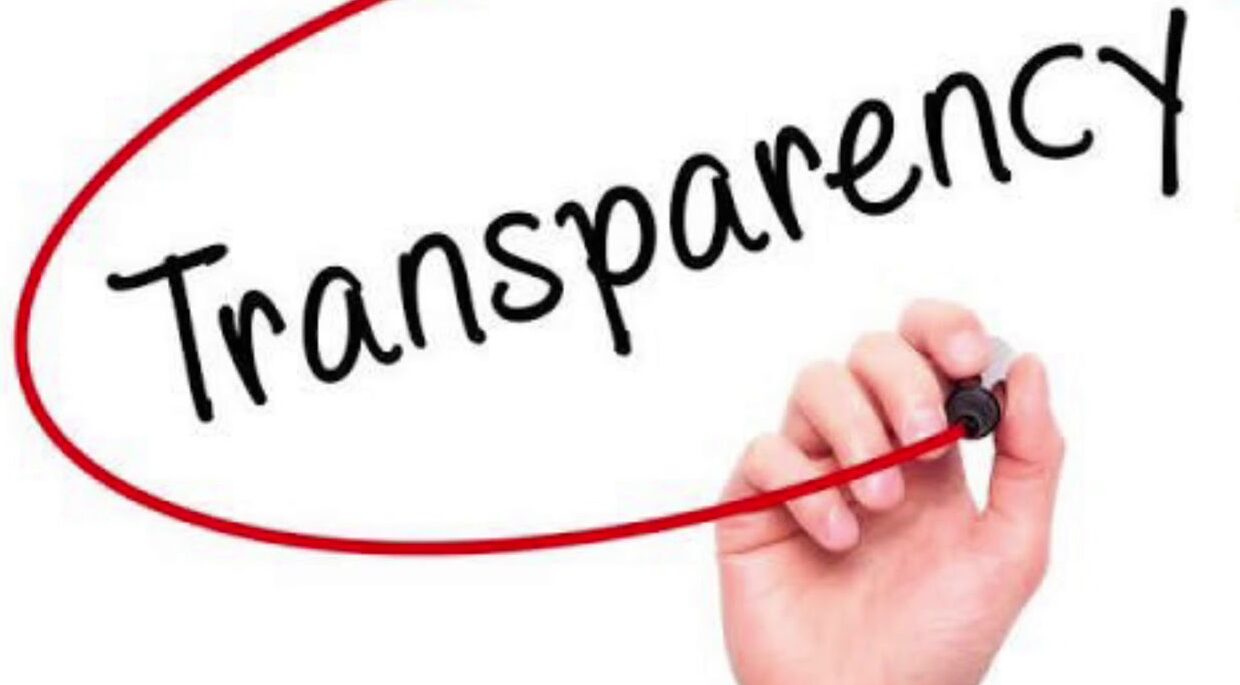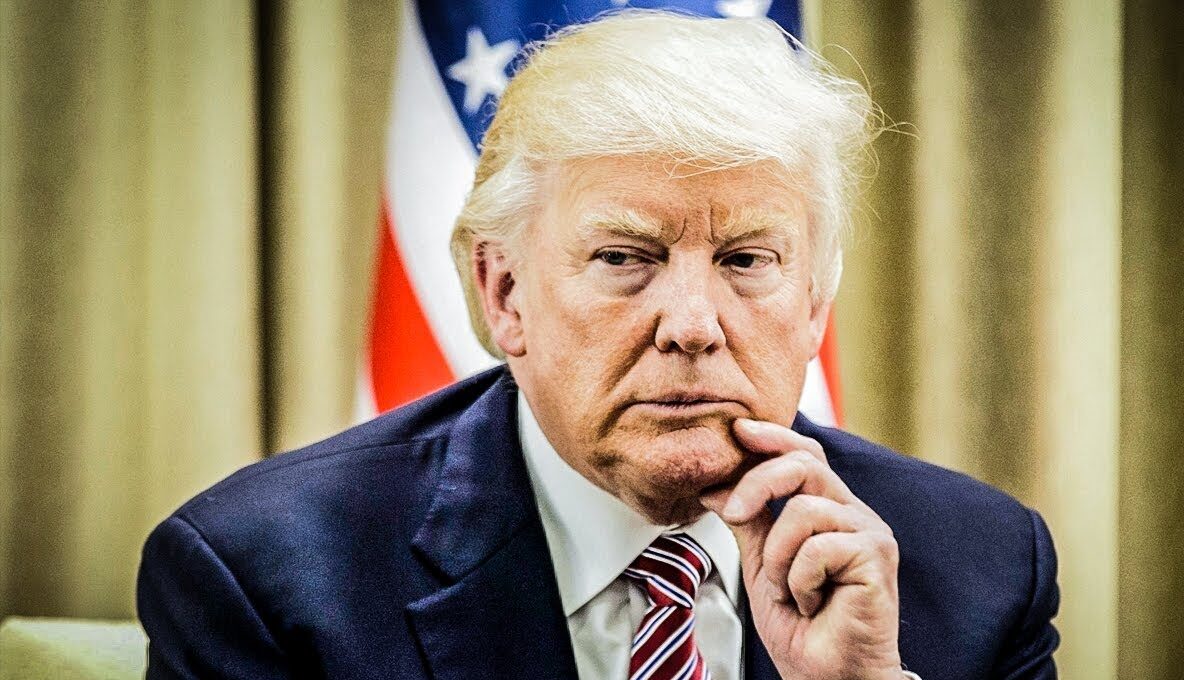Blockchain USAID Aid Distribution, The Trump government has proposed a novel project that includes blockchain technology. The US Agency for International Development (USAID) activities. This action seeks to improve openness, effectiveness, and responsibility for foreign aid distribution. If carried out, blockchain could transform the U.S. government’s handling of foreign development money. So that it reaches its intended recipients and reduces corruption and fraud.
Future of USAID
USAID manages billions of dollars annually and has long battled problems with inefficiency, poor management, and a lack of openness. By tracking aid transactions in real time, blockchain technology presents a distributed, tamper-proof ledger that helps lower administrative delays and increase system confidence.
The Trump government wants to employ blockchain to build a system whereby every dollar given for humanitarian. The relief can be tracked from the point of purchase to its ultimate consumption. This would stop bureaucratic inefficiencies, losing money, or wasting money.
Improve Foreign Aid Distribution
Blockchain technology is ideal for the provision of international aid for several main reasons, including openness, security, and smart contract-mediated automation.
Transparency and Accountability

Appropriate utilization of funds is one of the toughest issues USAID deals with. Every transaction on a blockchain is noted on an openly available digital ledger. This guarantees more responsibility since it allows governments, donors, and the general people to monitor how aid money is used.
Fraud Prevention
In the realm of international aid, corruption and poor administration are major problems. The immutability of blockchain means that once a transaction is documented it cannot be changed or erased. This stops false reporting, fund theft, and ghost beneficiaries among other dishonest behavior.
Efficiency and Speed
Conventional methods of aid distribution rely on several middlemen, which slows fund disbursement. The distributed character of blockchain removes middlemen, therefore enabling direct, faster and more affordable distribution of help from the donor to the beneficiary.
Smart Contracts
Self-executing agreements known as smart contracts set off transactions depending on specific requirements. Smart contracts could help USAID guarantee. That money is given only when particular benchmarks. such as project completion milestones or confirmed product.
Trump Administration’s Vision

The blockchain project of the Trump government complements its more general “America First” agenda. Which aims to increase government expenditure efficiency. Blockchain implementation at USAID aims to lower waste. The guarantee efficient use of funds, and enhance. American leadership in financial technology by means of which the government wants to address waste. Tracking humanitarian supplies using blockchain helps to guarantee. That food, medicine, and other needs get to where they are meant to be. In crisis areas where regular misallocation of aid is a problem, this would especially help.
Many USAID initiatives target grants for developing country infrastructure, education, and healthcare. Blockchain allows these grants to be tracked in real-time, therefore lowering corruption and guaranteeing proper use of money. Many aid recipients—especially those of refugees and displaced people—lack official identity. Blockchain-based digital IDs could minimize system fraud and duplication, therefore enabling these people to more effectively get aid.
Blockchain in International Aid
Blockchain’s use in international relief is not novel idea. Promising results have come from several companies testing blockchain-based solutions already. By effectively distributing food coupons to Jordanian refugees using blockchain technology, the World Food Program (WFP) guaranteed that help reached those most in need without middlemen and dropped transaction costs by 98%). Likewise, Estonia has included blockchain technologies into its national e-governance framework to improve public service openness and security.
This strategy has also been applied to enhance responsibility. The humanitarian relief Blockchain technology has been used in Ukraine. To monitor and distribute international donations. Therefore guaranteeing efficient allocation of money for relief projects. These case studies show how blockchain might improve openness and efficiency in aid delivery. Should USAID follow a similar approach, the efficacy of American overseas aid may be much enhanced.
Conclusion
A daring move toward modernizing foreign aid distribution, the Trump government’s attempt. To include blockchain into USAID reflects Using blockchain transparency, security, and efficiency. This project seeks to lower corruption, expedite transactions, and guarantee. That help gets to people most in need. Effective adoption depends on addressing issues including technological constraints, regulatory concerns, and opposition from established relief organizations, though.
Based on effective case studies such as the blockchain-based distribution model. The Blockchain USAID Aid Distribution might revolutionize world aid operations. Effective implementation of blockchain might establish a new standard for government and international organization handling of development monies. Blockchain’s usage in humanitarian relief could be a defining invention of the twenty-first century as the globe adopts digital money.




